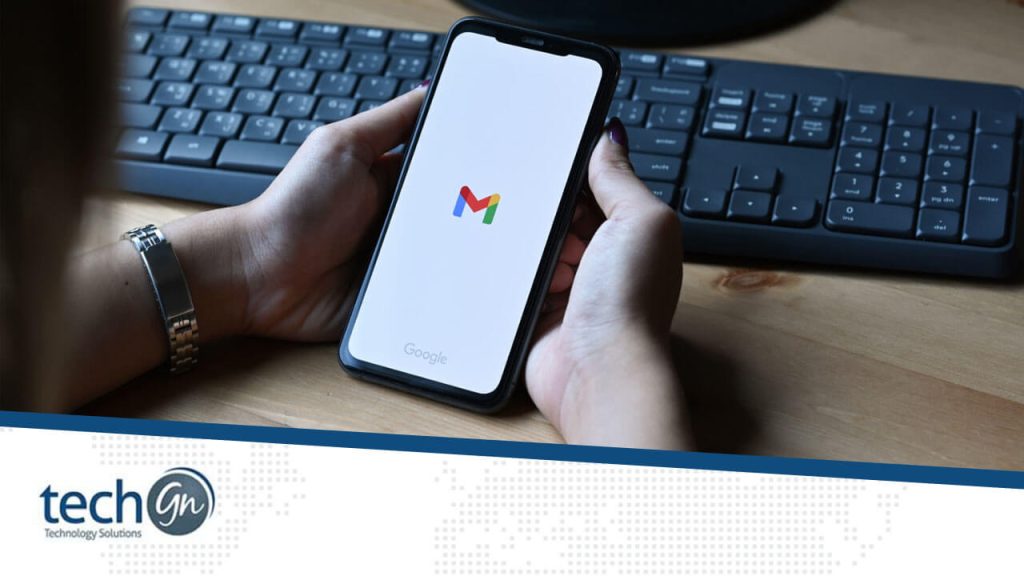In today’s digital age, email security is paramount, and Google’s Gmail Confidential Mode offers a solution designed to enhance the protection of sensitive information. For IT professionals, understanding this feature is crucial to safeguarding corporate communications. This blog post explores the key aspects of Gmail’s Confidential Mode, its benefits, limitations, and what IT pros need to consider when implementing it in their organizations.
What is Gmail Confidential Mode?
Introduced by Google in 2018, Gmail’s Confidential Mode is a feature that allows users to send emails with enhanced security settings. It enables the sender to set an expiration date for the email, revoke access at any time, and prevent recipients from forwarding, copying, downloading, or printing the content. Additionally, senders can require recipients to enter a passcode sent via SMS to open the email.
Key Features of Gmail Confidential Mode
- Expiration Dates: Senders can specify a time period after which the email will no longer be accessible. This is particularly useful for time-sensitive information.
- Revoking Access: Even after sending an email, the sender retains the ability to revoke access, preventing the recipient from viewing the email again.
- No Forwarding or Downloading: Gmail Confidential Mode restricts recipients from forwarding, copying, downloading, or printing the email content, adding an extra layer of security.
- SMS Passcode Verification: For added security, senders can require recipients to enter a passcode sent via SMS, ensuring that only the intended recipient can access the email.
Benefits of Gmail Confidential Mode
Enhanced Security
By preventing the forwarding, copying, and downloading of emails, Confidential Mode helps mitigate the risk of sensitive information being shared inadvertently or maliciously.
Control Over Information
The ability to set expiration dates and revoke access gives senders greater control over the information they share, reducing the chances of it being accessed after it is no longer relevant.
Compliance
For organizations handling sensitive data, such as financial information or personal health details, Confidential Mode can assist in meeting regulatory requirements by controlling access to confidential communications.
Limitations and Considerations
While Gmail Confidential Mode offers significant benefits, it is not without limitations:
No End-to-End Encryption
Confidential Mode does not provide end-to-end encryption. The email content is encrypted in transit and at rest on Google’s servers, but it is decrypted for the recipient to view. This means that Google can technically access the content.
Limited to Gmail Users
Some features, like the prevention of forwarding and copying, only work seamlessly when both sender and recipient use Gmail. When sending to non-Gmail users, the experience may vary.
Not Foolproof
While Confidential Mode restricts certain actions, it cannot prevent recipients from taking screenshots or photos of the email content, which could then be shared.
Administrative Control
IT administrators must consider the balance between security and usability. Over-restricting email settings might impede user productivity, so policies should be crafted carefully.
Best Practices for IT Pros
Educate Users
Ensure that employees understand how to use Confidential Mode effectively and are aware of its limitations.
Policy Implementation
Develop and enforce email security policies that incorporate the use of Confidential Mode where appropriate, especially for sensitive communications.
Monitoring and Auditing
Implement monitoring and auditing tools to track the use of Confidential Mode within your organization and ensure compliance with company policies and regulatory requirements.
Complementary Security Measures
Use Confidential Mode in conjunction with other security practices, such as end-to-end encryption for highly sensitive data, multi-factor authentication (MFA), and regular security training.
Bottom Line
Gmail’s Confidential Mode is a valuable tool in the arsenal of IT professionals aiming to secure corporate communications. While it offers enhanced security features, it is essential to understand its limitations and use it as part of a broader email security strategy. By doing so, IT pros can better protect sensitive information, maintain control over email communications, and help their organizations meet security and compliance requirements.
Reviews
Tailoring Solutions


